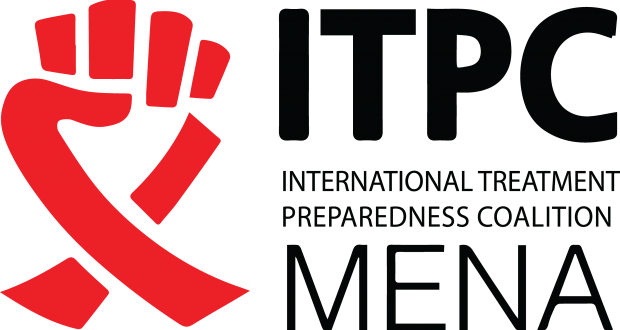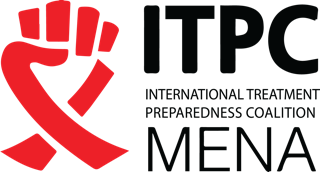
Main decisions made at Board meeting

Source: Aidspan
On 9–10 May 2018, the Global Fund Board held its 39th meeting in Skopje, Macedonia. GFO was present, with observer status. The main decisions made at the meeting, in chronological order, were as follows. (For precise wording of what the Board agreed, see the decision points document that is available at www.theglobalfund.org/en/board/meetings/39. Background documentation will also, in time, be posted by the Global Fund at the same location.)
Eligibility Policy. The Board approved a revised Eligibility Policy, replacing a policy that was adopted in May 2016 and the 35th Board meeting. Under the revised policy, the core provisions remain largely intact. The only really significant change is that there are new metrics and thresholds used to determine TB disease burden. The revised metrics and threshold for TB will be used to determine which components are eligible for funding from the 2020–2022 allocations. Further details are provided in a separate article in this issue. [See Decision Point 3.]
Non-eligible countries in crisis. The Board has acknowledged that a health crisis may emerge in a non-eligible high-income country that could adversely affect the global response to the three diseases, and that the health crisis may be of such a magnitude that the Global Fund should consider providing support. The Board directed the Secretariat to prepare potential investment cases meeting the criteria described in a paper on this topic prepared for the Board. Further details are provided in a separate article in this issue. [See Decision Point 4.]
Committee appointments. The Board announced appointments to the Audit and Finance Committee (AFC), the Ethics and Governance Committee (EGC) and the Strategy Committee (SC). The appointments are for two-years terms effective at the end of the 9–10 May Board meeting. Further details are provided in a separate article in this issue. [See Decision Point 5.]
Committee selection process. The Board directed the EGC to undertake a review of the existing process for the selection of committee leadership and members, to be completed before the next in-person Board meeting in November 2018. The review will include an assessment of the size and composition of the EGC. Further details are provided in a separate article in this issue. [See Decision Point 6.]
2017 Annual Financial Report. The Board approved the Annual Financial Report, including the 2017 Consolidated Financial Statements. The Board also approved the 2017 Statutory Financial Statements. [See Decision Points 7 and 8.]
CCM Evolution (1): Code of Conduct and CCM Policy. The Board approved a new Code of Conduct for CCM Members and allocated “no less than $1.2 million” over three years to support the implementation and enforcement of the Code. The Board created a new strategic initiative entitled “CCMs” as part of the catalytic investments already approved for 2017–2019. The Board also adopted a CCM Policy, which replaces the Guidelines and Requirements for Country Coordinating Mechanisms. The Board delegated authority to the Strategy Committee to approve amendments to the CCM Policy in future. Further details are provided in a separate article in this issue. [See Decision Point 9.]
CCM Evolution (2): Funding for near-term implementation. As part of the new CCM Strategic Initiative, the Board authorized a phased roll-out of the CCM Evolution initiative in 16 CCMs at an intermediate level of ambition. The Board approved $3.85 million to cover costs through to the end of 2019. The funds will come from the $50 million identified by the AFC as available sources of funding. The Board directed the Secretariat to develop near-term and longer-term indicators to measure the performance of the initiative. The Board also directed the SC to assess the types of activities and the level of funding required for the CCM Evolution initiative to scale up both the activities and the number of CCMs in 2020–2022. This assessment will include looking at ways to fund the initiative through the allocations process. Further details are provided in a separate article in this issue. [See Decision Point 10.]
Risk Appetite Framework. The Board approved a new Risk Appetite Framework, which includes (for nine key organizational risks) risk appetite levels, target risk levels and indicative timeframes for achieving the targets. The SC will further discuss three risks: human rights and gender equality; transition; and drug and insecticide resistance –– and will determine whether it is appropriate to set risk appetite levels for these risks. Further details are provided in a separate article in this issue. [See Decision Point 11.]
Board leadership selection process. The Board approved “in principle” a revised process for selecting the chair and vice-chair of the Board. The process includes forming a Board Leadership Nomination Committee (BLNC). The Board directed the Secretariat to finalize the terms of reference for the BNLC and to prepare the necessary revisions to core governance documents to reflect the new process. Further details are provided in a separate article in this issue. [See Decision Point 12.]









